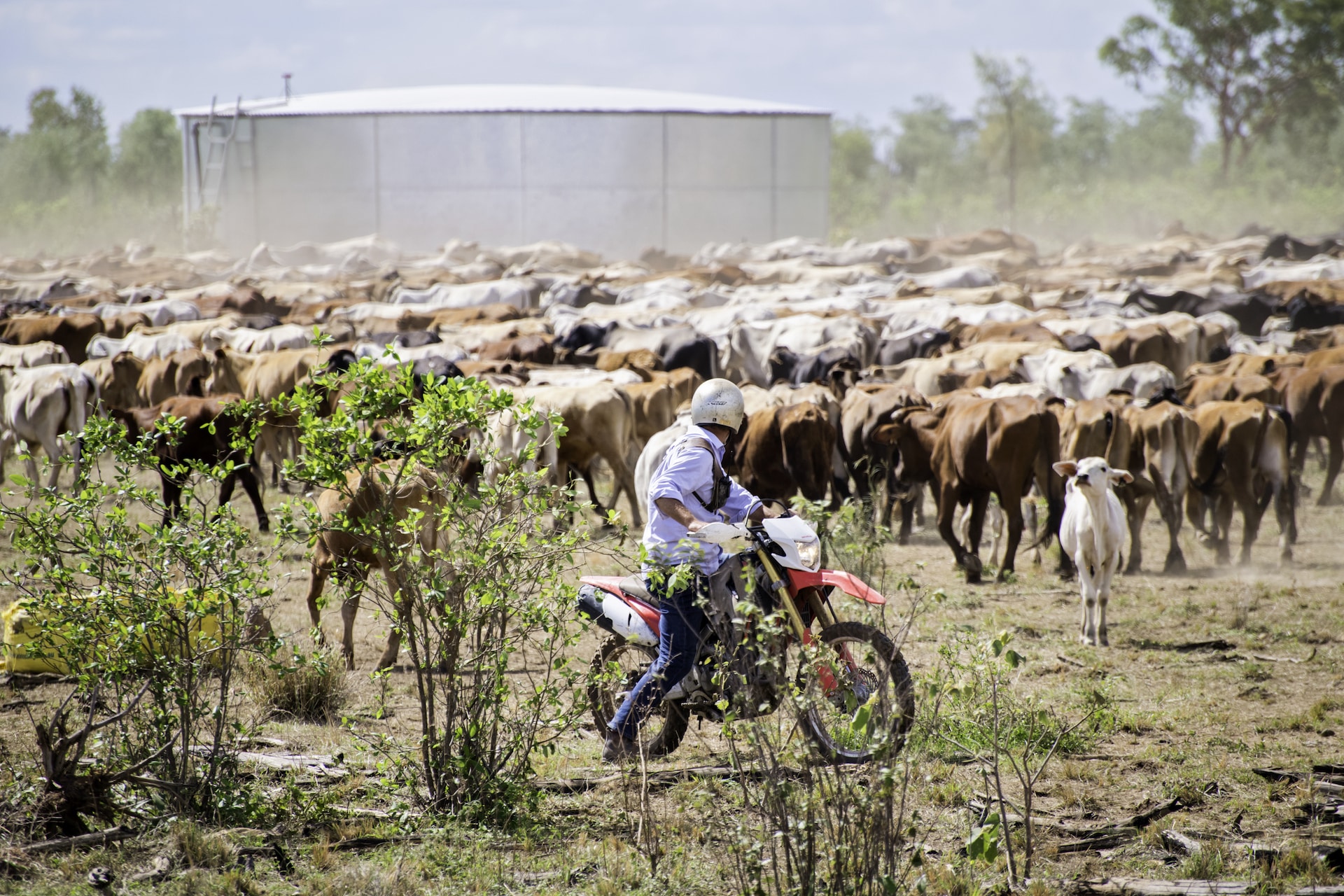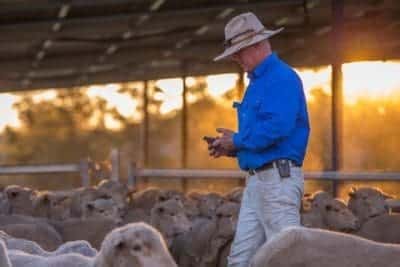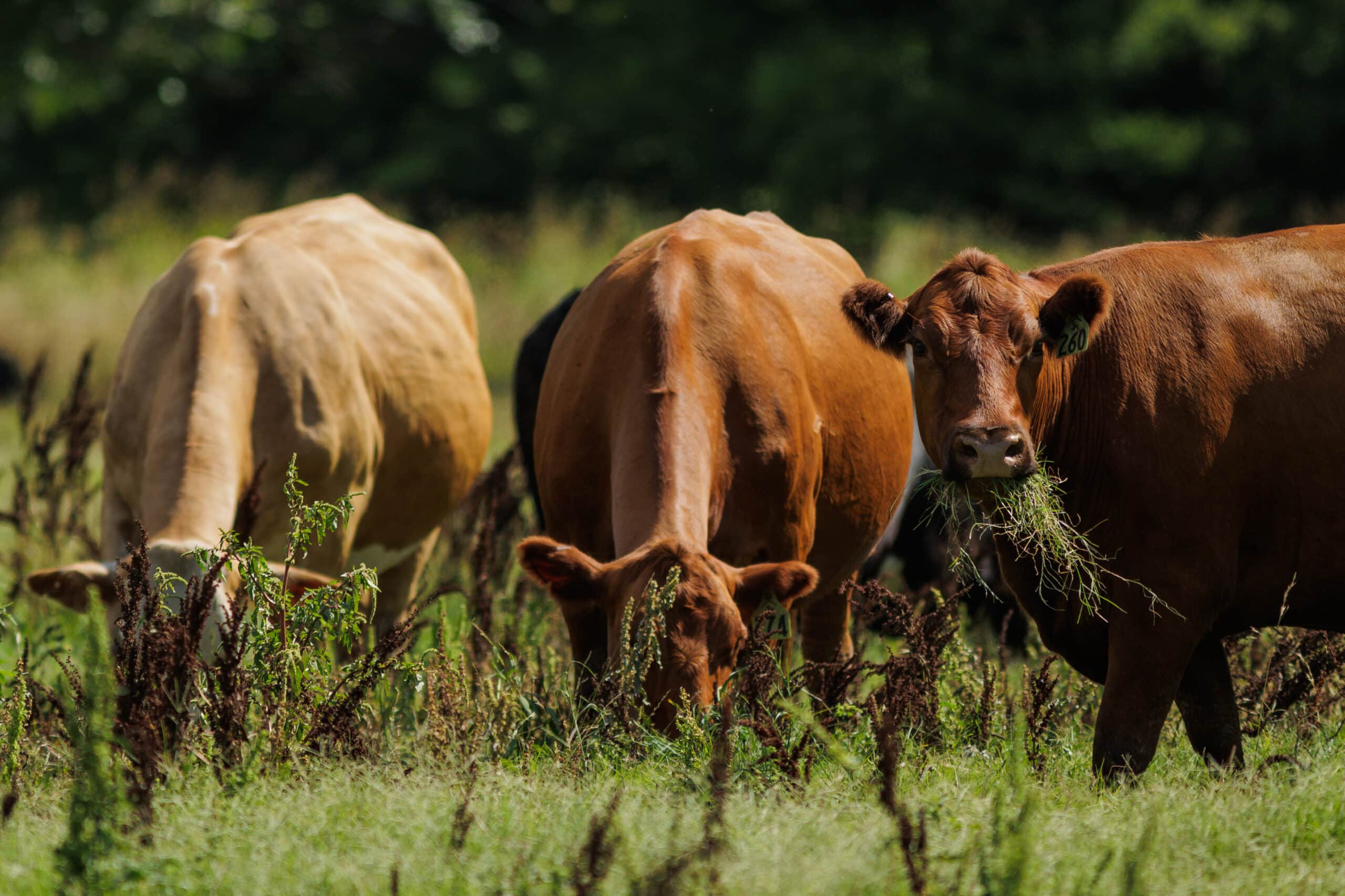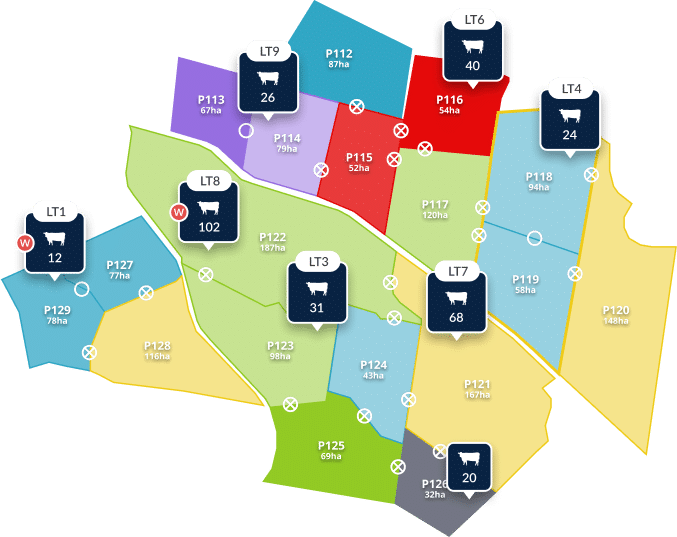Keeping livestock healthy in cold weather
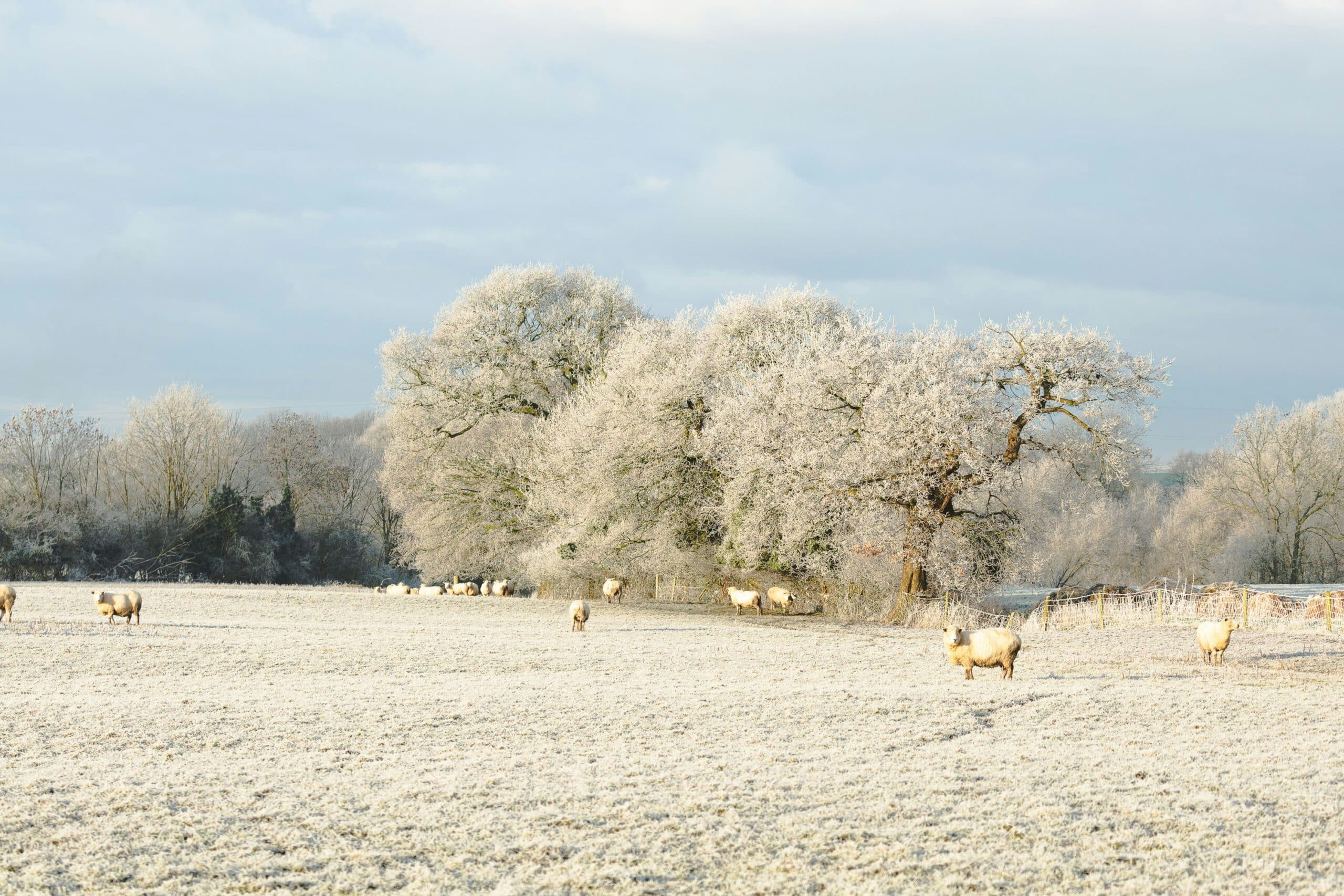
As our climate continues to change, it brings with it unpredictable conditions. Keeping up with these uncertainties is costing farmers enormously. In Wales alone, droughts and floods in 2018 meant £151m worth of additional livestock feed was bought; the value of lost lambs nearly topped £24m; poor weather in 2020 reduced crop yields by almost £20m; and drought conditions in 2022/23 sent feed and forage costs soaring to £265m above average costs.
So, how can farmers keep their livestock healthy in challenging environmental conditions? Here, we take a look at how to keep livestock healthy in cold weather.
Why extreme cold makes a difference to animal husbandry practices
Being extra vigilant is a necessity during extreme cold spells. Water troughs and pipes can freeze very quickly. Livestock will become dehydrated after just 24 hours without water. It is essential that you check all water sources are ice-free twice daily. Animals eating 10kg of dry matter daily will need 60 litres of water per day. If water is scarce, you can offer animals silage, and reduce concentrate feeds. Also decreasing mineral intake will reduce the need for water. Freezing temperatures restrict water access, reintroduce it slowly to avoid water toxicity.
Animals use additional energy during cold weather to keep warm. They move more and increase their metabolic rate. This means that they will need additional feed in the form of grains or roughage such as hay or silage to meet their nutritional requirements. Livestock, namely sheep, that are kept outside will have limited grass to graze. Providing extra food is essential to keep them going. Horses and ponies must have access to some form of shelter when its cold. Also, remember to keep farm access clear. Poor road conditions can hamper milk tanker collections and essential deliveries (such as feed).
What mild, wet winters can mean for animals
Although icy cold weather poses several risks to livestock, milder, wetter winters can be more of a problem. Higher moisture, such as that inside barns or continual damp in the fields, is more likely to lead to pneumonia than drier conditions. Outwintered livestock are more likely to be uncomfortable in wet conditions. Fields become poached, there is no dry space to lie down on, and a greater incidence of foot problems such as foot rot.
How cold weather can affect different livestock
-
- Sheep: many sheep in the UK spend all year outside. Lambs born in poor weather lose heat very quickly and can suffer from hypothermia. Sometimes ewes will abandon weaker lambs for others. Sometimes fields are so wet that the ewes just lie down in pools of water. Sheep are also susceptible to becoming trapped in heavy snow.
-
- Cattle: if fields are waterlogged, then cattle are often kept indoors longer. This affects their welfare negatively and increases the risk of ailments associated with housed animals such as pneumonia, foot rot, and poor environmental enrichment. Milking cows are much more susceptible to dehydration and therefore need significant amounts of water.
-
- Youngstock: calves and lambs require more feed when it is colder so ensure they have enough for the conditions. They will drink more milk too. Most animals, particularly youngstock, prefer warm water (or milk). Consider using Calf Jackets during the colder months as youngstock lose heat more easily due to their smaller body size and less fat covering.
-
- Out-wintered animals – cattle (even youngsters) tend to survive very well in cold conditions as long as they have some form of shelter from wind chill and driving snow and rain. They will need plenty of feed, but water sources are the biggest issue in cold weather. Break ice covering water troughs at least twice a day to prevent shortages.
Pregnant ewes have the greatest energy requirements. In early and late pregnancy they will need a fresh supply of hay or silage, plus 0.5kg concentrate when grass is covered in snow. Concentrate can be fed on compacted snow lines (made by tyre tracks) and hay should be fed in a round feeder to avoid wastage.
Other things you can do to ensure your animals thrive in the cold months:
Trough management
Typically, farmers need to check water troughs at least twice a day to de-ice them. However, there are some innovations that prevent water troughs from freezing over. These include motion sensors to fill a small bowl from a warmer, underground water source; others simply use heaters which are operated via batteries, propane or electric to heat the water; and some low-cost methods involve insulating the trough itself or placing a floating object, like a ball, in the water which agitates the surface, making it more difficult for ice to form.
Preventative measures
Keeping livestock healthy and up to date with their vaccines is the best form of defence against the cold.
Poor weather is a contributing factor for the prevalence of pneumonia. Vaccinating cattle against the major contributors of illness and disease (Bovine Rhinotracheitis (IBR), Bovine Viral Diarrhoea (BVD), Bovine respiratory syncytial virus (BRSV) and Bovine Parainfluenza-3 Virus (PI-3)) can dramatically reduce calf pneumonia outbreaks.
If your livestock suffer from footrot each winter, you can treat them with the Footvax vaccine. This will aid the prevention of footrot and reduction of foot lesions.
Type of housing
If you have a big indoor area for your livestock, consider breaking it up into smaller sections using bales or wooden planks. For calves, Calf Jackets can help combat the cold which means the animals put their energy into growing rather than trying to keep warm. Make sure all roofs are leak-free and that the doors will open and close even in snowy conditions to make life easier.
Dry bedding is essential in indoor housing. Consider applying a layer of sand or sawdust to absorb moisture before piling on the straw or mix in wood shavings to the straw to keep it dry. Regular cleaning removes damp bedding. Block draughts before bringing livestock in but remember that most animals fair better in colder, drier conditions than warmers wetter ones, so ventilation is important too.
It is crucial to prepare before cold weather hits. Having a warm, dry indoor space ready if needed can help you feel more in control and reduces stress when conditions turn.
Find out how to record observations and treatment records in AgriWebb so you are at your most productive.
